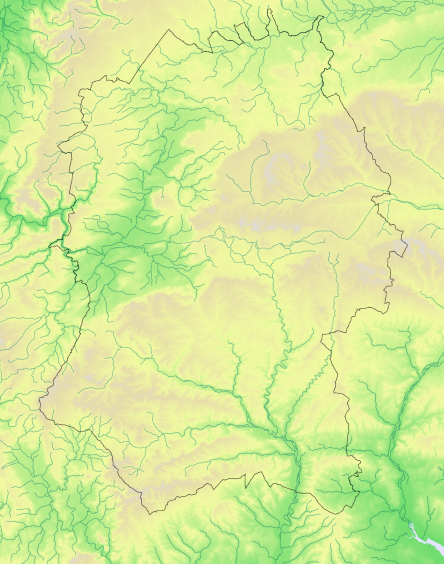Starling Sturnus vulgaris
Winter distribution 1995–2000
Seriously decreasing resident, common winter visitor from north Europe
Atlas species lists
- Breeding distribution 1995–2000
- Summer abundance 1995–2000
- Winter distribution 1995–2000
- Winter abundance 1995–2000
- Breeding distribution 2007–2012
- Summer abundance 2007–2012
- Winter distribution 2007–2012
- Winter abundance 2007–2012
- Breeding distribution change
- Summer abundance change
- Winter distribution change
- Winter abundance change
More Starling maps
- Breeding distribution 1995–2000
- Summer abundance 1995–2000
- Winter distribution 1995–2000
- Winter abundance 1995–2000
- Breeding distribution 2007–2012
- Summer abundance 2007–2012
- Winter distribution 2007–2012
- Winter abundance 2007–2012
- Breeding distribution change
- Summer abundance change
- Winter distribution change
- Winter abundance change
Map explanation
This map shows the winter distribution of the species in Wiltshire as revealed by the fieldwork for Birds of Wiltshire (Wiltshire Ornithological Society 2007).
Key
Status
Nos tetrads

Present
361
81%

Not surveyed
Starlings are widespread across most of Europe except for Iceland, Iberia, the Mediterranean fringe and north Russia, and extend into western Asia as far as Lake Baikal. They are also found in Turkey, northern Iraq, Iran and Pakistan, and there are introduced populations in North America, southern Africa, Australia and New Zealand. The populations in west and southern Europe are resident or only partially migratory, while those in northern and east Europe and Asia move south in winter.
In Europe the breeding range expanded and populations increased during the 19th and the first half of the 20th centuries, but from the 1970s onwards most populations have been declining. British breeding populations have continued to decrease: between the 1988-91 Breeding Atlas and the turn of the century alone numbers are thought to have fallen by a third.
In Wiltshire Starlings were common in the 19th Century and numbers changed little during the first three-quarters of the 20th century but have since been in steady decline: Birds of Wiltshire recorded their presence in 822 tetrads, with breeding confirmed or probable in 669. WTA2 found them in 664 tetrads, with probable or confirmed breeding in 394.
References
The following references are used throughout these species accounts, in the abbreviated form given in quotation marks:
“1968-72 Breeding Atlas” – Sharrack, J.T.R. 1976: The Atlas of Breeding Birds in Britain and Ireland. T. & A. Poyser
“1981-84 Winter Atlas” – Lack, P.C. 1986: The Atlas of Wintering Birds in Britain and Ireland. T. & A. Poyser
“1988-91 Breeding Atlas” – Gibbons, D.W., Reid, J.B. & Chapman, R.A. 1993: The New Atlas of Breeding Birds in Britain and Ireland 1988-91. T. & A. Poyser
“Birds of Wiltshire” – Ferguson-Lees, I.J. et al. 2007 : Birds of Wiltshire, published by the tetrad atlas group of the Wiltshire Ornithological Society after mapping fieldwork 1995-2000. Wiltshire Ornithological Society.
“Bird Atlas 2007-2011” – Balmer, D.E., Gillings, S., Caffrey, B.J., Swann, R.L., Downie, I.S. and Fuller, R.J. 2013: Bird Atlas 2007-2011: the Breeding and Wintering Birds of Britain and Ireland
“WTA2” – ("Wiltshire Tetrad Atlas 2 ") the present electronic publication, bringing together the Wiltshire data from “Birds of Wiltshire” and “Bird Atlas 2007-11”, together with data from further fieldwork carried out in 2011 and 2012.
"Hobby" - the annual bird report of the Wiltshire Ornithological Society.

